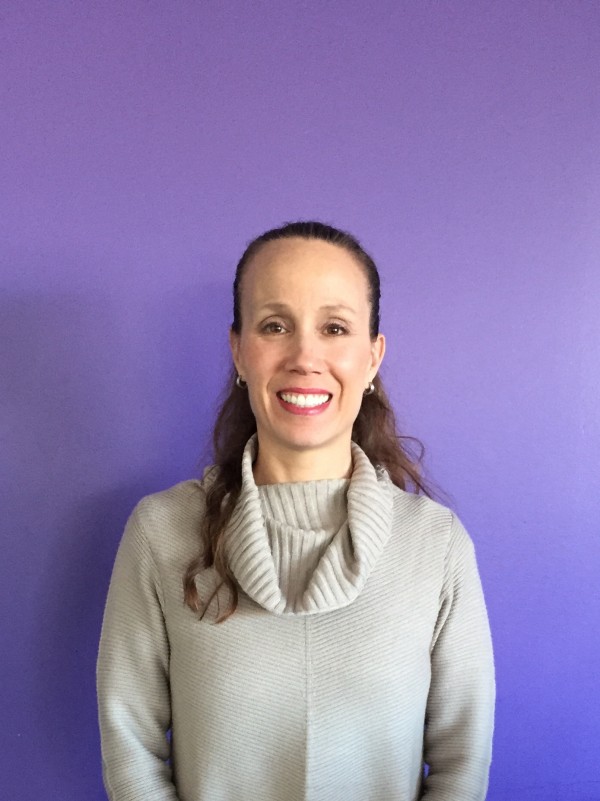
New choreograhic works to be performed at UADC dance concert
It’s always nice to see revivals of known ballets and modern dance, but it’s exciting when the works are brand new. That’s what’s in store for audiences who will attend The University of Akron Dance Company’s spring dance concert in E.J. Thomas Performing Arts Hall.
Four choreographers will present new pieces, including a four-movement modern dance work called “Elements” by Tom Smith and a post-modern piece by Robin Prichard called “Breathe Together, Breathe Apart.”
I had the chance to sit down with the other two choreographers, Cydney Spohn and Alexandre Munz, and get a first-hand look at how dance makers approach their artistic task. One thing these two have in common is enough experience that they can come to the dancers without a preconceived idea of exactly how each step and gesture will be. Instead, they come to the studio with a basic tool (for lack of a better word) with which to work.
For Spohn, the device for her classical-style contemporary ballet was a previously chosen musical work, Felix Blumenfeld’s “Dix moments pour le piano, Op. 27” (“Ten moments for the piano”). Spohn said that when renowned pianist Philip Thomson (who will play onstage at performances) presented her with the music, she knew it would work perfectly. It was a complete work, she noted, and was of the right length (15 minutes), but more importantly, the work had never been recorded and therefore had never been danced to.
As Spohn commented, she fell in love with the music – and that became the subject of her dance, which she calls “Dancing With Felix” in honor of the composer. She told the seven dancers, who will do the piece “en pointe,” that “the music is your lover.” In each of the 10 movements, the dancers are to react emotionally – and with the dancers’ graceful art – to the music as though, for example, they are running to their lover when the mood and cadence call for it.
For Spohn, the “best aesthetic is the dancer responding to music.” She is asking them to let go and be vulnerable in this case, much as they might in the intimacy of a love relationship. An example that showed clearly during a run-through rehearsal came in the ninth section, a solo section, where the music builds to a beautiful ending, Spohn commented. She told the dancer that the last moments of the music are a sigh, so she needs to create not only a visual sigh, but an audible one as well. It worked extremely well, with the confident, polished looking ballerina revealing the mood as Spohn wanted.
Guest choreographer Alexandre Munz works very differently. Born in Paris, France, Munz was trained in classical ballet at the Paris Opera, and later was principal dancer at the Berlin Opera, before ”retiring” early, as he said in the interview, because of the toll that classical ballet training and practice was taking on his body. Stories abound of professional dancers wracked with constant pain and injury. Munz had enough of those physical situations to call an end to it all before they became irreversible.
Instead, he ended up focusing on healing and finding less abusive ways to stretch and strengthen his body. As a result, he developed a new dance technique and vocabulary. Called S.A.F.E. (Spine Advanced Functional Empowerment), the methodology takes three forms – S.A.F.E. barre (a variation on traditional barre but with the dancer facing the barre and working both sides of the body in what Munz calls “counter directional” movement); S.A.F.E. floor work (a somatic based practice something akin to yoga where the dancers work entirely on the floor without impact doing several of a proscribed series of 145 different rotary movements; and S.A.F.E. graphysiology (a term Munz coined) that has become the vocabulary of his choreography.
For Munz, graphysiology becomes the practice of the dancer using body parts (shoulder, chin, elbow, whatever) as a pencil in which to draw movement in the space around them. Focusing on body awareness and power, the dancers work internally by conjuring a series of mental images which they then create physically with their bodies. Munz has the system formalized in a “space storyboard” as he terms it.
For the work he created for UADC, “Youth With Caution,” he went into the studio with his dance vocabulary, along with what he said are his “mood boards” (series of images collected from web browsing) for dancers and costumes. He and the dancers worked through three tracks of music, Munz added, with anywhere from 10-15 images each to create the new piece.
Choreographer Alexandre Munz working with The University of Akron Dance Company in “Youth With Caution.” Photo by Roger Durbin
“Youth With Caution,” Munz commented, is a pun on the phrase “Use with caution.” The work explores through hundreds of small movements generational conflict – something along the lines of thinking youth spend too much time on cell phones or video games and therefore miss out on life. Munz thinks not. Each generation had it issues – from one that said one shouldn’t be in his room reading too much, through another generation that was alienating itself with too much TV. Munz dissects through dance that conflict as an “hommage to youth.”
Munz called “Youth With Caution” his most complex work to date. It’s fortunate that the Akron audience will get to see it first. In a rehearsal, the suppleness and organic quality that Munz fosters in his S.A.F.E. exercises were visible proof of the excitement that can be generated in dance “safely.”
The University of Akron Dance Company dance concert will be performed at 7:30 p.m. on Thursday-Friday, April 16-17 in E.J. Thomas Performing Arts Hall, 198 Hill St., Akron; 330-972-7570; www.ejthomashall.com. Tickets are $7.
Recent Content
-
Artsarticle ·
-
Artsarticle ·
-
Artsarticle ·


